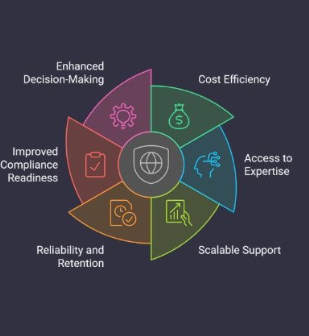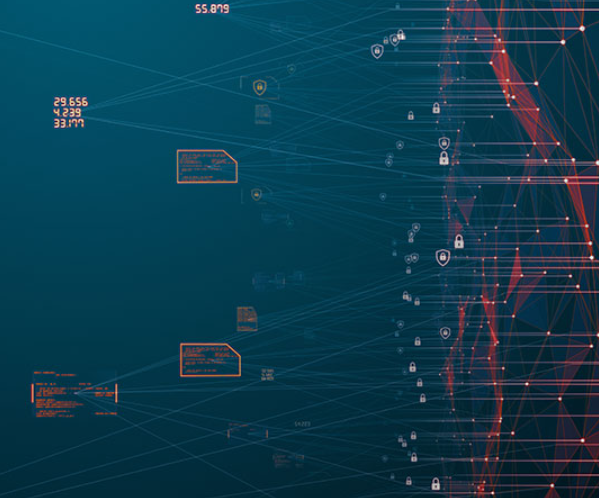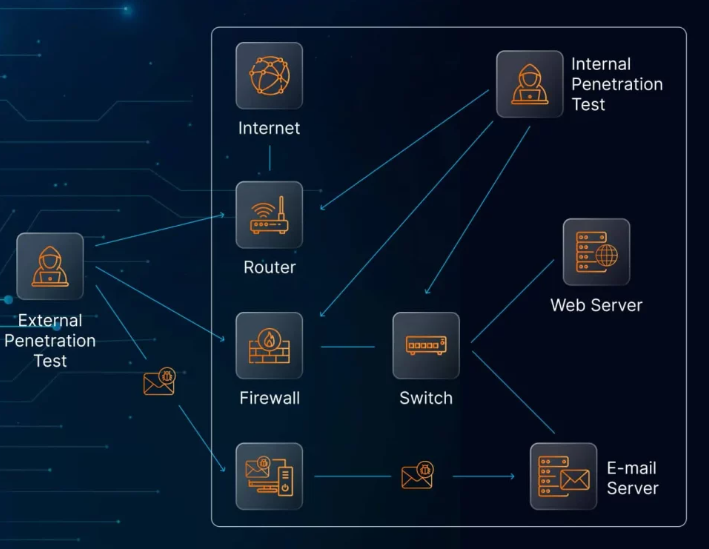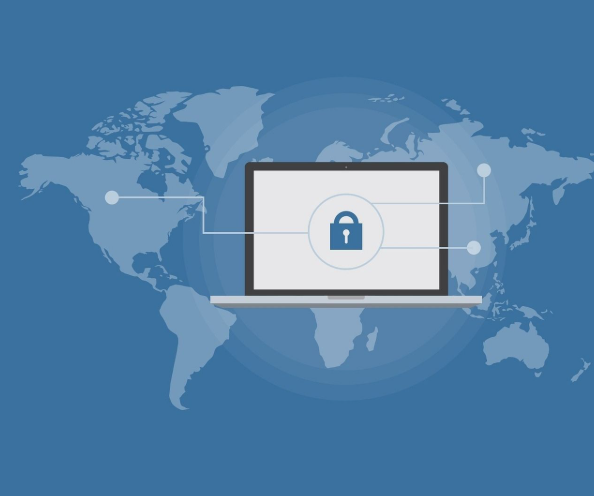
As 2024 comes to a close, it’s evident that this year was filled with both challenges and significant advancements in the realm of cybersecurity. From notable security breaches to breakthrough defense strategies, 2024 served as a pivotal year in the cyber world. The landscape of threats evolved rapidly, regulations became more stringent, and businesses found themselves under increasing pressure to adapt. However, this year also provided valuable insights that are shaping the future of cybersecurity.
In this blog, we reflect on the critical trends, major shifts, and lessons of 2024 while also looking forward to the emerging cybersecurity landscape in 2025, where innovations like quantum-resistant cryptography and digital immortality will take center stage. Let’s take a closer look at this transformative year in cybersecurity.
A Shift Toward Resilience in Cybersecurity
For years, the focus of cybersecurity strategies was on building robust defenses to prevent attacks. However, 2024 saw a significant shift toward cyber resilience. Organizations realized that no defense is foolproof, and breaches are inevitable. As a result, businesses began to prioritize resilience, focusing on not only preventing attacks but also recovering quickly and learning from every incident.
The concept of cyber resilience emphasizes an organization’s ability to maintain its essential functions during and after a cyber incident. This mindset reflects the growing recognition that the key to effective cybersecurity is preparedness, rapid response, and recovery. The shift towards resilience has also been reinforced by regulations such as the Digital Operational Resilience Act (DORA) and the NIS2 Directive, which have made resilience a cornerstone of compliance.
Emerging Cyber Threats in 2024
2024 witnessed the rise of increasingly sophisticated cyber threats, forcing organizations to reassess their security measures. Some of the most prominent trends included:
- AI-Driven Attacks
AI-powered cyber threats gained significant traction in 2024. Attackers used AI to create deepfake phishing emails and automated malware capable of bypassing traditional detection systems. Europol’s 2024 Internet Organised Crime Threat Assessment (IOCTA) reported a 35% increase in AI-assisted attacks, highlighting the need for more advanced defensive measures. - Supply Chain Attacks
Cybercriminals continued exploiting vulnerabilities in the software supply chain, embedding malicious code in trusted updates and targeting third-party weaknesses. Gartner projected financial losses from these attacks to increase from $46 billion in 2023 to $138 billion by 2031. To combat these risks, businesses need to strengthen their vendor management and monitoring systems. - Internet of Things (IoT) Vulnerabilities
With billions of IoT devices in use, many lacking robust security protocols, attackers increasingly targeted these endpoints. IoT devices became key players in botnet-driven DDoS attacks and data breaches. The 2024 Verizon Data Breach Investigations Report (DBIR) revealed that IoT devices were a major source of vulnerabilities in enterprise environments, emphasizing the need for better device security and patch management. - Hybrid Warfare and State-Sponsored Attacks
Nation-state actors ramped up their cyber operations in 2024, engaging in hybrid warfare tactics that targeted critical infrastructure such as telecommunications and energy. These campaigns combined cyberattacks with intelligence-gathering operations to disrupt services and weaken adversaries, demonstrating the need for greater geopolitical awareness and industry collaboration. - Social Engineering and Phishing
Social engineering attacks reached new levels of sophistication, with AI-generated phishing emails and voice phishing (vishing) becoming more difficult to distinguish from legitimate communication. According to the 2024 Verizon DBIR, 68% of breaches involved human error, such as falling for phishing scams or making mistakes, highlighting the need for ongoing employee training and vigilance. - Fileless Malware
Fileless malware, which operates entirely in a system’s memory without leaving traces on the hard drive, grew in prevalence. This type of malware is particularly difficult to detect, and the 2024 Cybersecurity Threat Trends Report by Sophos reported a 22% increase in fileless malware attacks, particularly in the financial services and healthcare sectors.
Innovation on the Horizon: Quantum-Resistant Cryptography
As quantum computing advances, it poses a potential threat to traditional encryption methods. In 2024, there was a notable rise in efforts to develop quantum-resistant cryptography. Government and financial sectors led the charge in testing and adopting quantum-safe encryption protocols. By the end of 2024, Gartner estimated that 20% of large enterprises had begun transitioning to quantum-safe cryptographic algorithms, setting the stage for broader adoption in the coming years.
Key Takeaways from 2024
As we reflect on the year, several key lessons have emerged that will shape the future of cybersecurity:
- The Importance of Cyber Resilience
Organizations that embraced resilience were better equipped to handle cyber incidents. Those with robust incident response plans and recovery strategies were able to minimize disruptions and recover swiftly. - AI: A Double-Edged Sword
While AI has enhanced cybersecurity defenses, it has also become a tool for attackers. Striking a balance between leveraging AI for predictive analytics and staying vigilant against its use by adversaries will be crucial moving forward. - Human Error is Still a Major Factor
Despite technological advances, human error remains a leading cause of security breaches. Continuous employee education, awareness programs, and fostering a security-conscious culture will remain essential in preventing incidents. - Compliance is a Strategic Imperative
With regulations tightening across industries, businesses have learned that compliance is no longer just a legal obligation but a strategic priority. Embracing compliance frameworks like DORA and NIS2 not only strengthens security but also builds trust and enhances operational efficiency.
Looking Forward to Cybersecurity in 2025
As we enter 2025, the cybersecurity landscape will continue to evolve. Emerging technologies like digital immortality and quantum-resistant cryptography will redefine how businesses and individuals approach digital security. The rise of interconnected systems and quantum threats will require bold strategies and proactive solutions.
Stay tuned for our next blog post, where we’ll explore these trends and more as we dive into the future of cybersecurity in 2025.
Conclusion
2024 was a year of transformation and growth in the cybersecurity world. The challenges we faced prompted us to rethink our approaches, adapt to new threats, and embrace resilience. The lessons we’ve learned this year will serve as a solid foundation as we continue to innovate and strengthen our defenses in the years ahead.





































